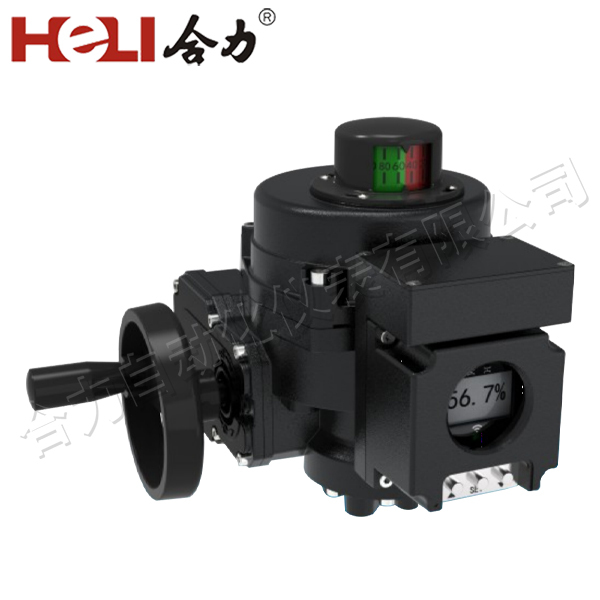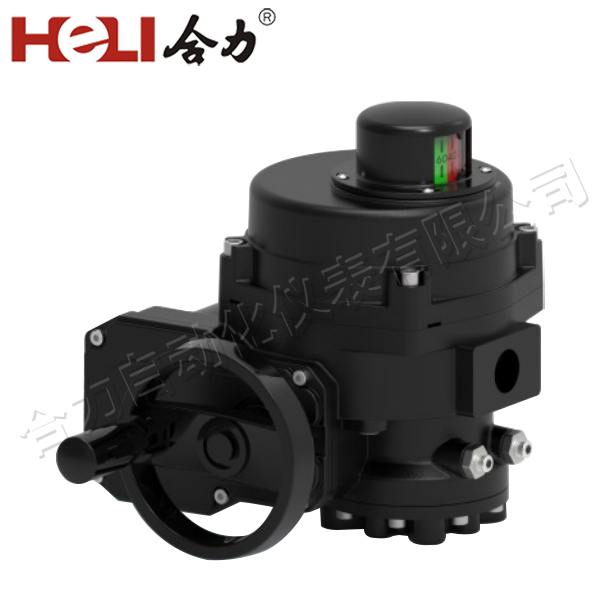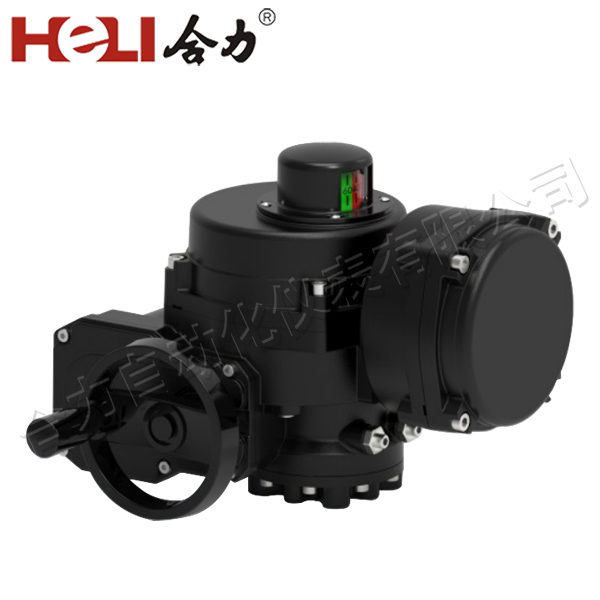In recent years, the demand for more efficient, compact, and sustainable motion control systems has accelerated, leading to innovations in actuator technologies. One of the most exciting advancements is the development of Lithium Battery Electric Actuators (LBEAs). These devices offer a blend of high energy density, precise control, and environmental benefits, making them ideal for a wide range of applications, from robotics to medical devices. This article explores the components, advantages, applications, and challenges of Lithium Battery Electric Actuators, shedding light on why they are becoming an essential part of modern engineering.

What is a Lithium Battery Electric Actuator?

A Lithium Battery Electric Actuator is an electro-mechanical device that uses a lithium-ion battery to power an electric motor, which drives mechanical motion. These actuators can produce either linear or rotary movement, depending on the design, and are widely used for applications requiring precise and efficient motion control. The combination of lithium batteries with electric motors provides a powerful solution that eliminates the need for traditional power sources like hydraulic or pneumatic systems, making these actuators highly versatile and sustainable. Components and Mechanism The basic components of a Lithium Battery Electric Actuator include the lithium-ion battery, the electric motor, and the actuator mechanism (linear or rotary). The lithium-ion battery serves as the power source, delivering energy to the motor, which then converts electrical energy into mechanical energy to perform motion tasks. The actuator mechanism is designed to convert the motor’s rotary motion into linear motion (in the case of linear actuators) or provide rotary movement directly (in the case of rotary actuators).
